Image optimization workflow we recommend
How we keep sites fast without sacrificing quality
◉ Image selection and naming
◉ Resizing to target dimensions
◉ Format conversion and compression
◉ Bulk processing with our in-house tools
◉ Final testing before upload
Optimized images are non-negotiable. They affect load time, SEO, UX, conversions. Yet many sites skip this step or do it manually, one image at a time. We don’t.
Here’s our full image optimization workflow, the one we use on every project.
Image selection and naming
We start by choosing only the images that add value, no oversized stock. Every file gets renamed before upload using a logical, descriptive format such as clientname-product-detail.webp. This improves clarity and SEO from the start.
Resizing to target dimensions
We don’t upload 4000px-wide images if they’re displayed at 1200px. That’s wasted bandwidth. Every image is resized to match its actual display size on the site. Resizing is done in batches, with full control over dimensions, quality, and output format. The goal is simple: no oversized assets, no blurry visuals, no guesswork.
Format conversion and compression
Modern formats like WebP or AVIF give smaller files without visible quality loss. We convert images to the right format based on browser support and layout context. Compression levels are tuned per use case. For banners and product visuals, we usually target 75 to 85 percent.
Bulk processing with our in-house tools
We built our own stack to avoid third-party uploads and slow interfaces. ImageShrink-BULK handles resizing, conversion, and compression in one clean step. Exif Cleaner removes metadata to reduce size and protect client privacy. Both tools run fully offline, directly in the browser.
Final testing before upload
Before going live, we test all images inside the real layout. We check clarity, loading order, fallback behavior, and responsiveness across devices. We validate lazy loading and verify everything performs well even on slower connections like 4G.
Clean, lightweight media makes a difference.
In rankings. In conversions. In perception.
We built the tools to do it right. And we use them every time.
